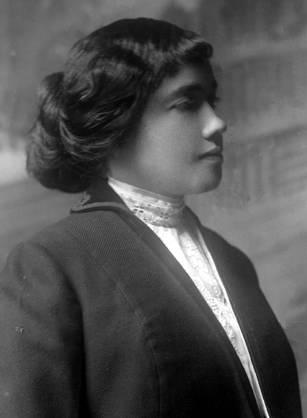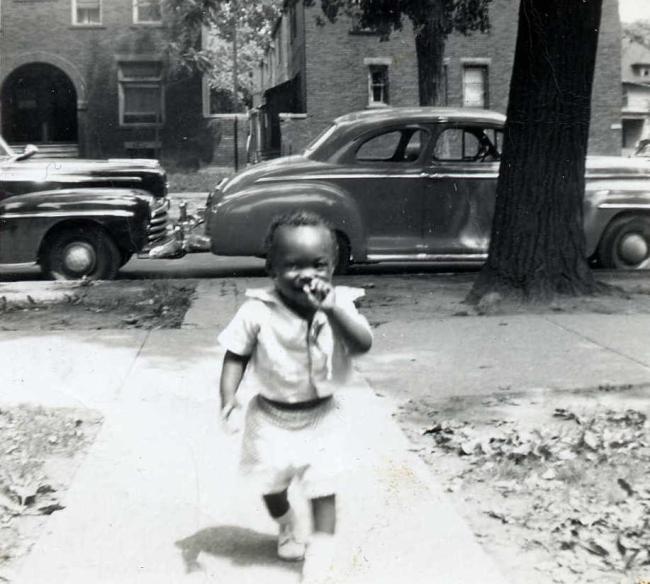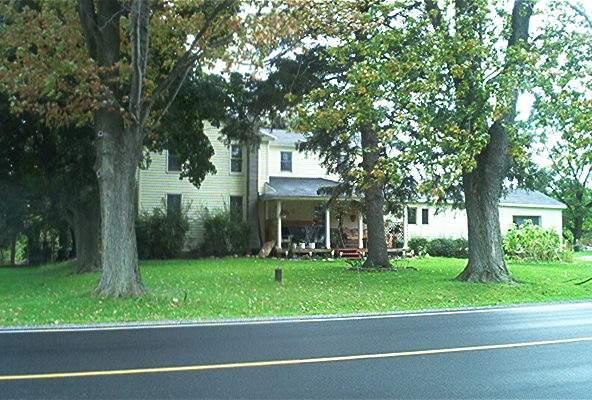For years, I didn’t share the story of my ancestors outside of my immediate family. I thought that no one would be interested in their story, and I didn’t really know how to share it. I have since learned that our ancestors are waiting to be discovered, to have their voices heard and their stories told. They are woven into the fabric of American history. As you go on this journey of discovery, there will be ups and downs, but your ancestors will pull you through. You are the vessel to tell their story.
Kenyatta D. Berry
Author, The Family Tree Toolkit
Host, Genealogy Roadshow (PBS)
[1] Jessie Carney Smith, ed., Notable Black American Women, Book II, (Detroit: Gale Research, Inc., 1996), 196
[2] A. B. Caldwell, ed., The History of the American Negro and His Institutions: Georgia Edition, (Atlanta: A. B. Caldwell Publishing Company, 1917), 18, 121 and 378.
[3] Ibid., 18
[4] Jessie Carney Smith, ed., Notable Black American Women, Book II, (Detroit: Gale Research, Inc., 1996), 196
[5] https://www.spelman.edu/about-us/news-and-events/news-releases/2013/10/08/spelman-college-health-careers-program-receives-proclamations-in-honor-of-spelman-alumna
[6] Year: 1870; Census Place: Locustdale, Madison, Virginia; Roll: M593_1662; Page: 38A; Image: 105058; Family History Library Film: 553161
[7] "Virginia, Freedmen's Bureau Field Office Records, 1865-1872," database with images, FamilySearch (https://familysearch.org/ark:/61903/1:1:FPVG-R6F : 9 August 2017), Louis Carter, ; citing NARA microfilm publication M1913 (College Park, Maryland: National Archives and Records Administration, n.d.); FHL microfilm 2,414,508
[8] Census Year: 1870; Census Place: Locust Dale, Madison, Virginia; Archive Collection Number: T1132; Roll: 13; Page: 7; Line: 25; Schedule Type: Agriculture




